Visiting Wear2work
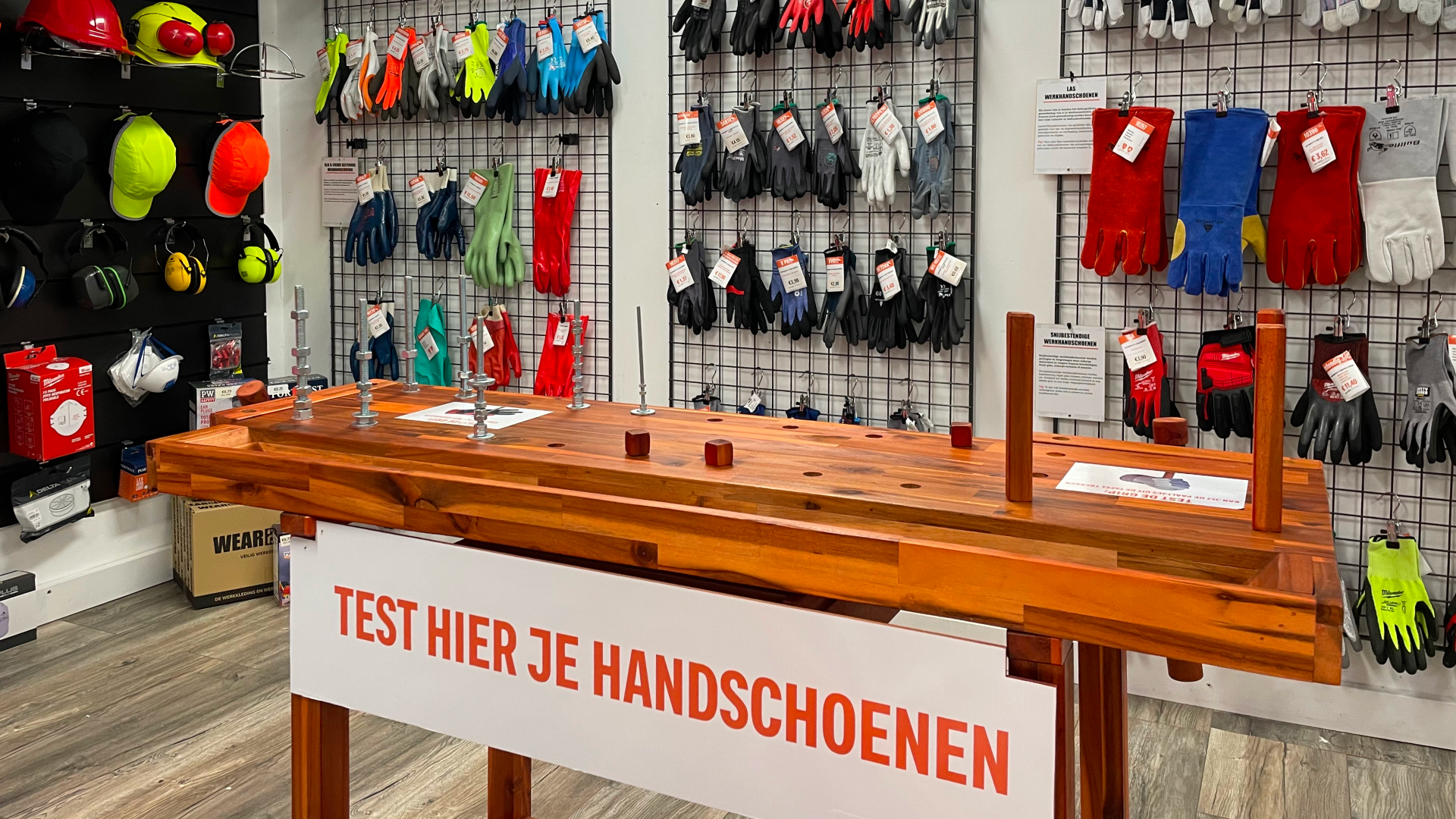
Wear2work invited us to visit them in Wijk bij Duurstede. They sell workwear, safety shoes and personal protective equipment. In addition to their webshop, they have a physical store and an in-house printing workshop. All parts of the company are literally and figuratively connected, with the warehouse as the heart of operations.
Melina and Elise gave us a full tour of the business. It was a fun and insightful visit! Here's what we saw.
- Wear2work has been using Picqer across all areas of the business since 2018.
- Their product range includes over 25,000 different items.
- Products are sold through the physical store, Dutch webshop, Belgian webshop and via Bol. All orders are fulfilled from in-house stock to ensure fast delivery.
- They serve both business and private customers. Fun fact: during carnival, pink overalls were a top seller.
Understanding Picqer first-hand
The tour started at the office, where the customer service, purchasing, marketing, administration and sales teams all sit together. It quickly became clear that Melina and Elise know Picqer inside out, even though they don’t work in the warehouse. “We try things out, think logically and constantly ask ourselves how we can work more efficiently. That’s why it’s so important for us to understand how Picqer works,” Elise explained. Some marketing campaigns are even discussed with logistics first, to make sure the ideas are practical. This way, customer promises can be kept, and the team can work smoothly. And it works well—everyone was working calmly and clearly knew what needed to be done, even when exceptions came up.
E-learning for onboarding and understanding
In addition to Picqer, they use other tools, for example in the print workshop. It’s not ideal, but they’ve found their way. We were curious whether this makes onboarding new team members harder. “Yes, it does take more time,” they said, but they don’t see that as a problem. “We’ve developed e-learning courses that include software training, print workflow and product knowledge. These are followed by new hires, but even team members who’ve been here for a while have done them. It’s a great way to onboard and creates mutual understanding. And anyone can jump in when needed!”
Trying out new receiving workflows
From the office, we walked into the warehouse and started at the receiving and returns area. We noticed they weren’t yet using the new receiving workflow, so we recommended trying it out. This feature, still in development, already offers more flexibility. Products are added to stock as soon as they are processed, rather than after the entire receipt is completed. You can also register items to multiple locations and view a log showing which products have already been processed, how many and where.
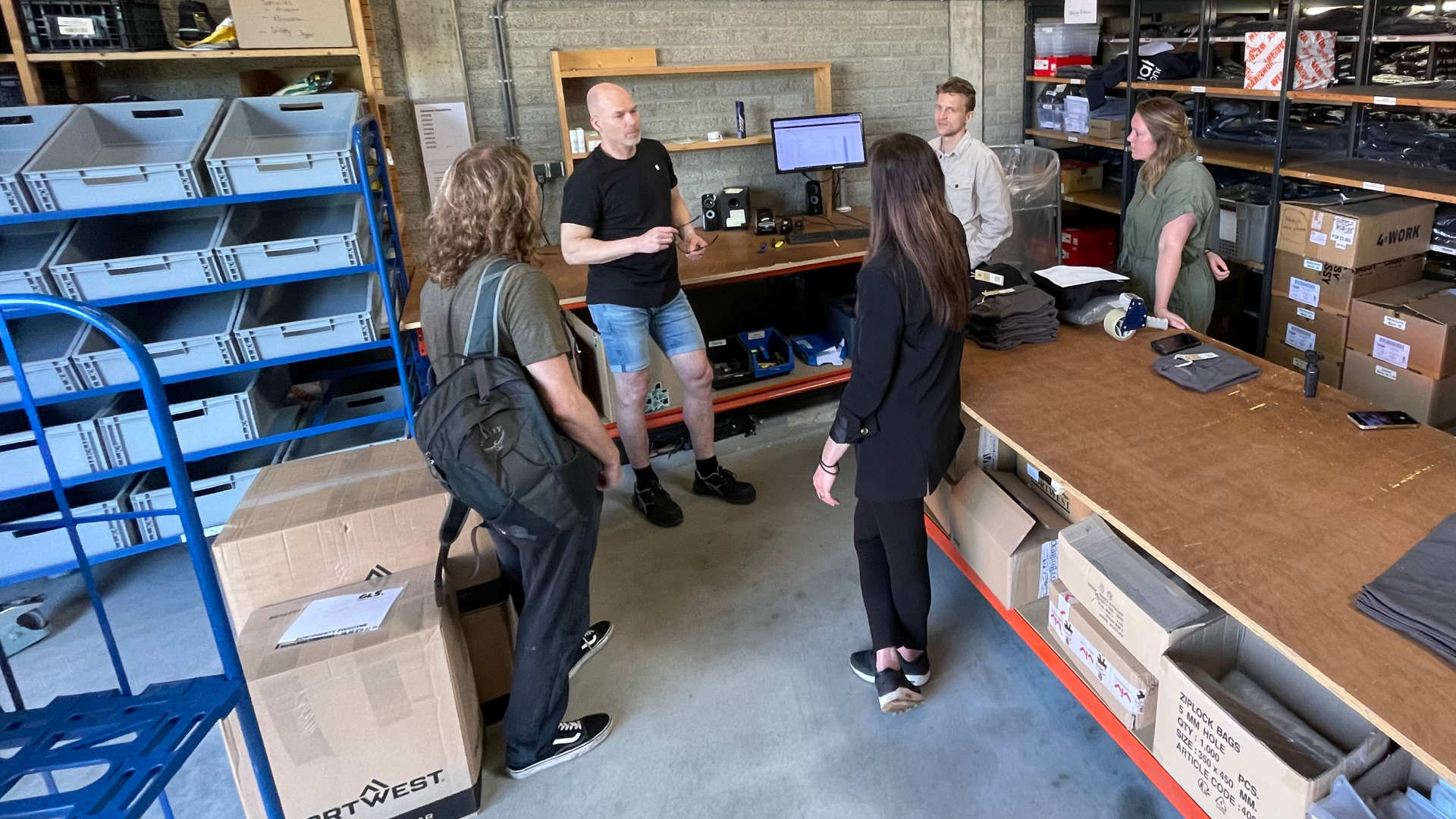
Reducing returns
Selling clothing online often comes with returns. To minimize this, Wear2work provides detailed size charts and clear product photos. They even have an in-house photo studio, allowing them to show how the clothing fits on real people. They also ensure product photography is consistent, giving the website a polished look and making it easier for customers to compare items.
Inventory spread across three warehouses
Next, we explored the rest of the warehouse, where orders are picked and packed. Melina and Elise explained how their inventory is spread across three warehouses:
- The warehouse is divided into color-coded zones. Shoes are in the blue zone, bestsellers near the packing table in the white zone, and slow movers in the black zone on the mezzanine.
- Bulk inventory is stored in a separate warehouse. From here, the main warehouse is replenished. Seasonal items like winter boots are also stored here during off-season periods.
- The store itself functions as its own warehouse. One size of each item is displayed, but thanks to the connected warehouse, customers can take home the size they need right away.
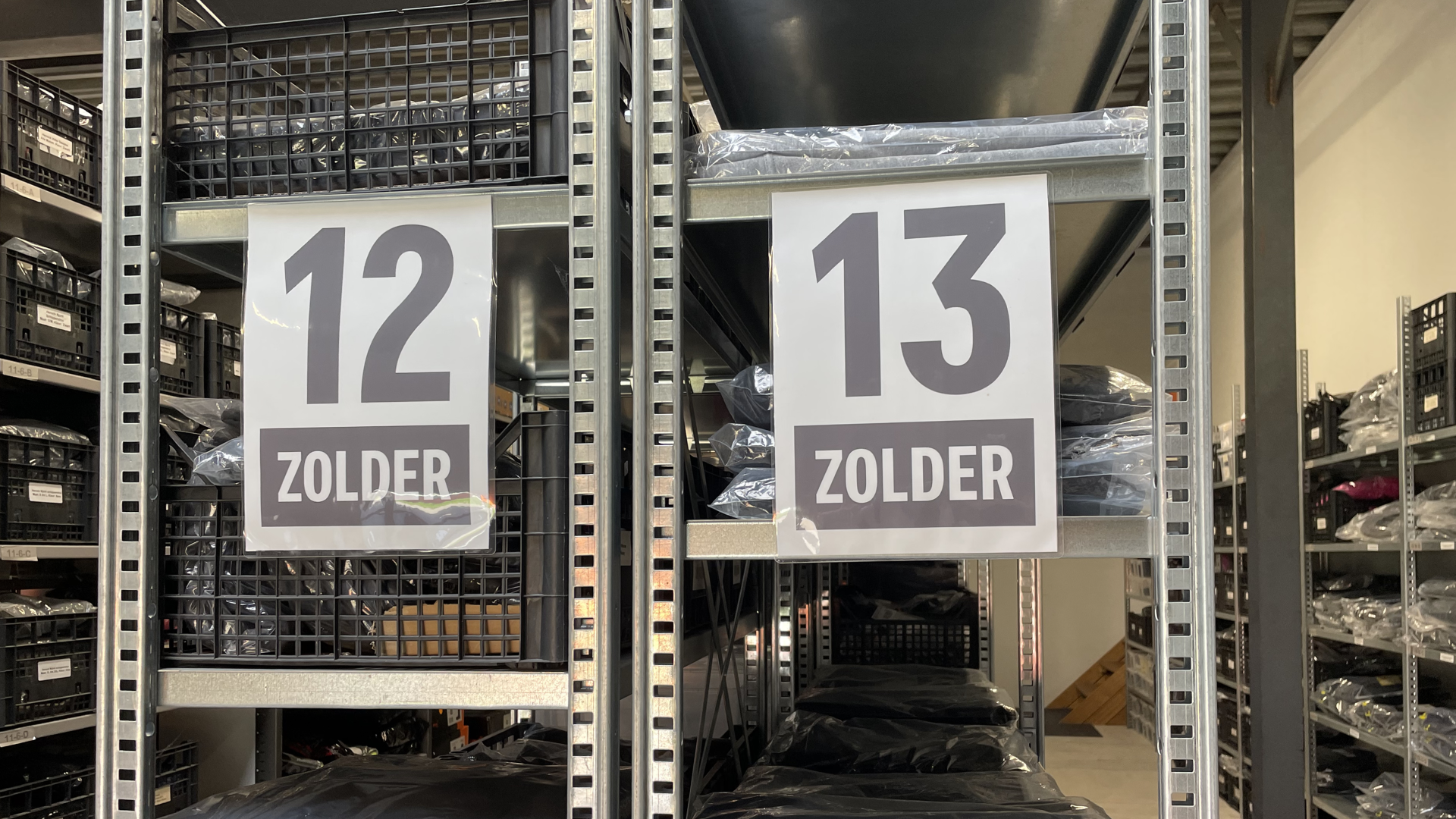
Picking multiple orders at once
Orders are currently picked using printed picklists. To work more efficiently and sustainably, we recommended switching to paperless picking with the Picqer app—Wear2work also sees this as a future improvement. For now, we suggested using batches based on location tags. That way, orders with items from the same zone, such as the blue zone, can be picked all at once.
Orders with custom printing
In the webshop, customers can choose to have clothing printed. These orders are automatically tagged with "print," and the print location is added as a product in Picqer. This tells the picker to pick the items but not pack them yet. The order is placed in an open box on a dedicated rack near the printing area. The picklist is then snoozed, the printing team gets to work, and once finished, the package is shipped.
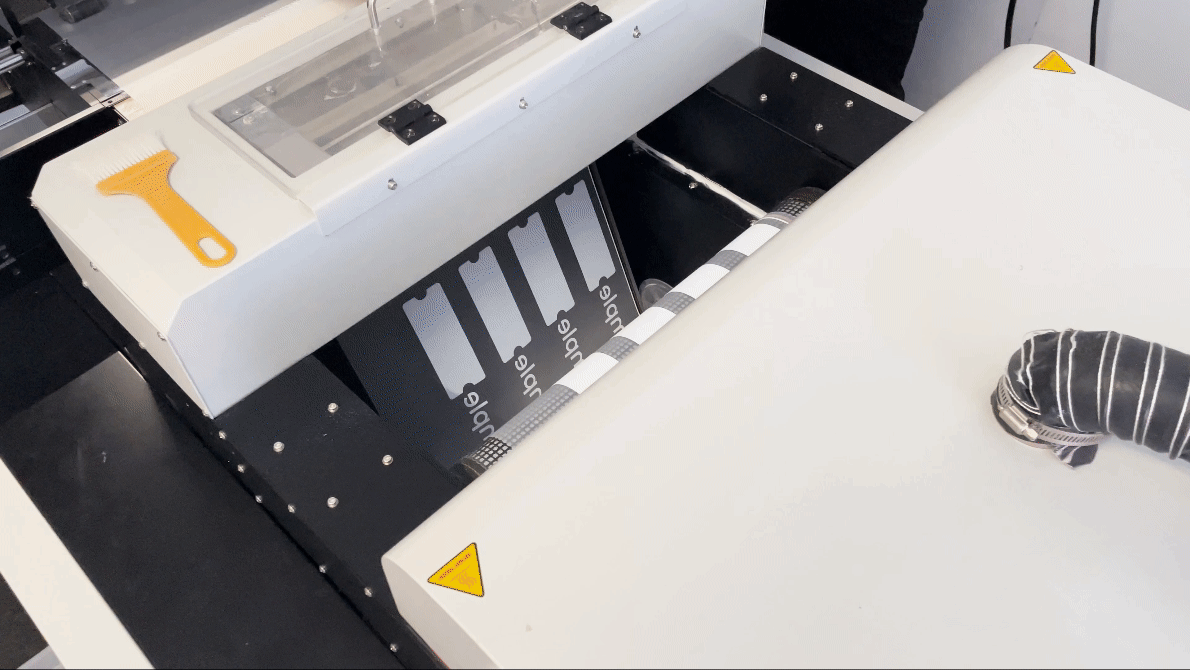
Picqer in the store
From the warehouse, we walked through to the store—a spacious area where the same items from the warehouse are neatly displayed. Customers can try on clothing and test protective gear. If they need a different size or more items, staff can quickly pick what they need from the connected warehouse. At checkout, the cashier creates a new order in Picqer with the shipping method set to “in-store pickup.” “We really appreciate that Picqer is stable. Because we also use it in the store, it’s frustrating if there’s an issue and we can’t help a customer. But even when something does happen, we know there’s no need to stress, because it’s usually resolved quickly.”
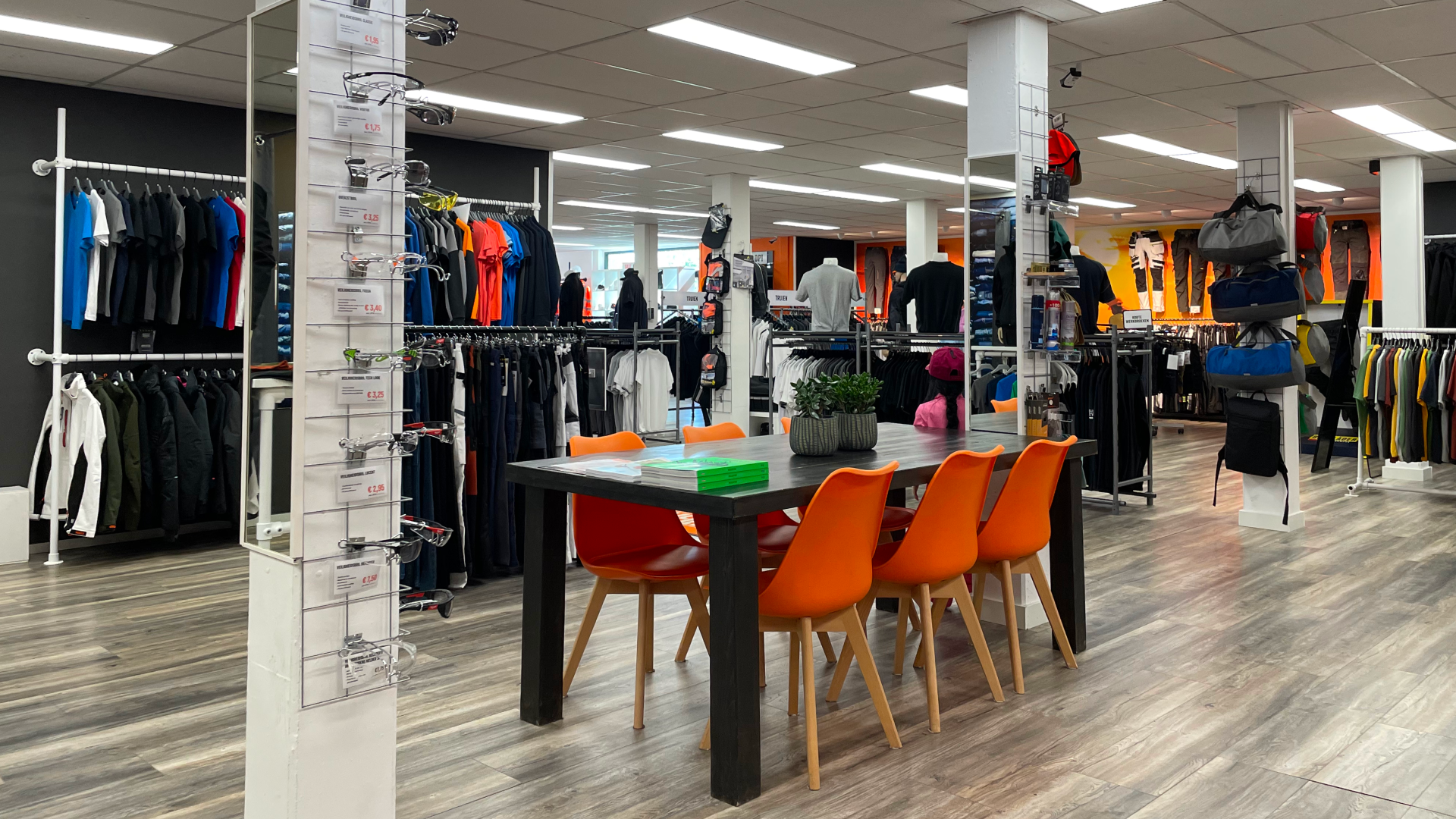
Inspiring each other
Melina and Elise clearly have a strong drive to improve and optimize processes. They are curious about how other companies work too: “Can we learn from each other as entrepreneurs?” They shared that our blog posts and events inspire them, not only in learning new software features but also by seeing how other warehouses operate. That’s great to hear, because that’s exactly why we do what we do.


